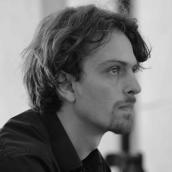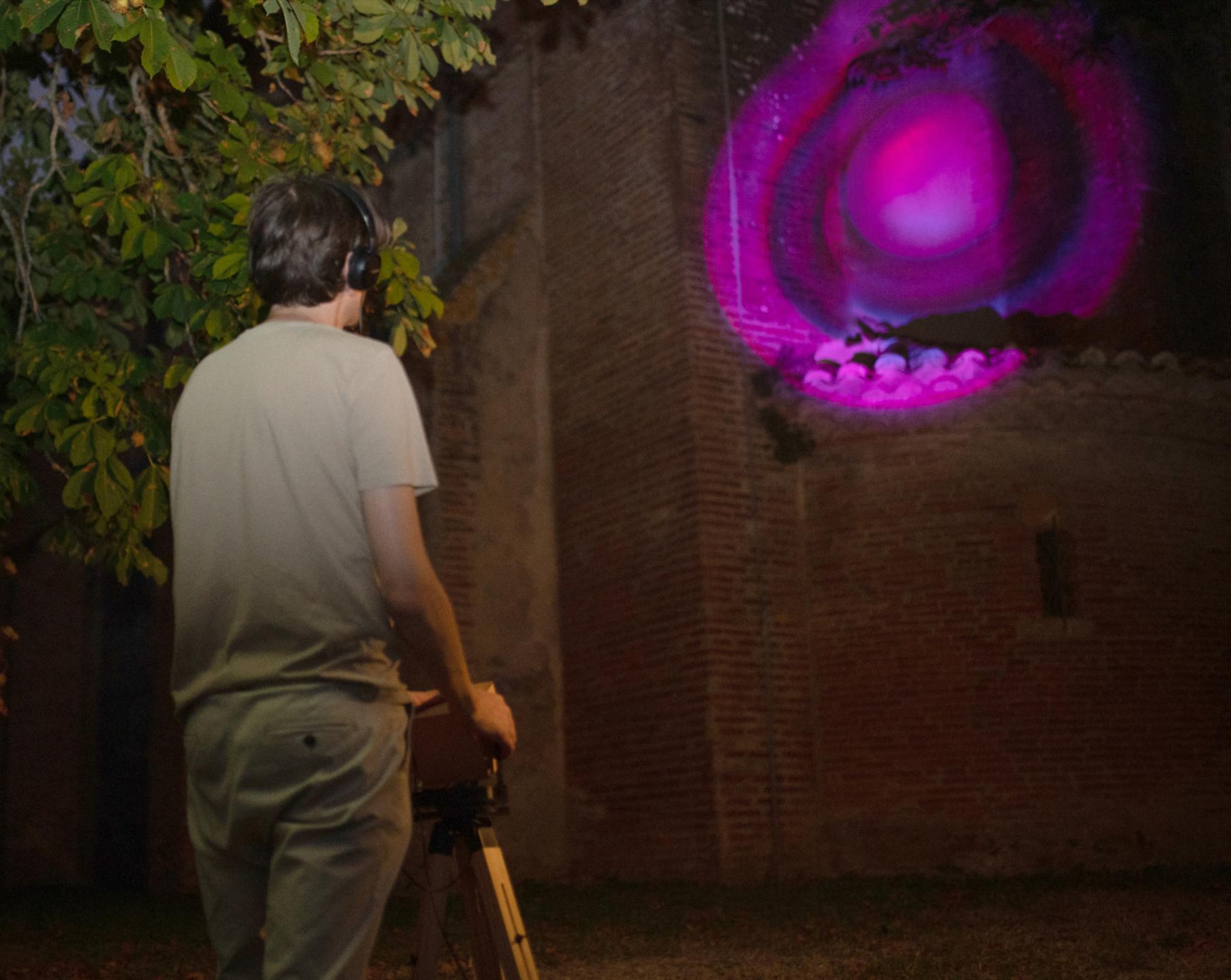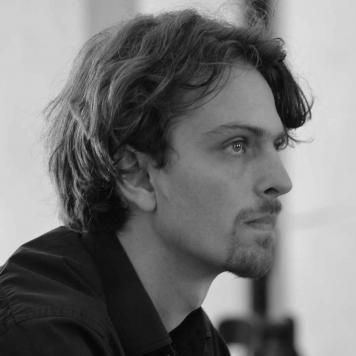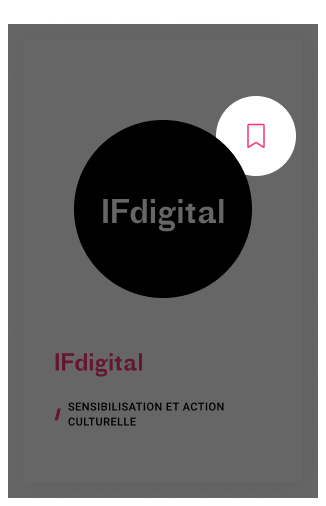What can you imagine on the other side of a wall? The installation De l'autre côté (On The Other Side) was born of this almost childlike question. The spectator is invited to manipulate lanterns equipped with headphones, which allow him or her to illuminate a specific part of the wall. Depending on the area illuminated, details of the wall are highlighted, and poetic text and music come to life in the headphones.
De l'autre côté
Find out more
What can you imagine on the other side of a wall? The installation De l'autre côté (On The Other Side) was born of this almost childlike question.
The spectator is invited to manipulate lanterns equipped with headphones, which allow him or her to illuminate a specific part of the wall. Depending on the area illuminated, details of the wall are highlighted, and poetic text and music come to life in the headphones. By successively illuminating different areas of the wall, the spectator is led through a narrative that invents what might be behind this section of wall, between the imaginary and the memory of the place.
Through a singular listening situation, De l'autre côté invites reverie and curiosity, but also explores the darker symbolism of the wall, be it the borders between states, confinement, separation or our inner limits.
Texts and music will be written specifically for the venue, based on its history, the context in which it was created, and the properties and physical aspect of the wall. An exchange with resource people and interested residents may be envisaged, which would enable me to enrich the sound and/or textual material.
The texts and music will then be brought to life by the spectator manipulating the lanterns. Depending on the topology of the wall and its particular features, visitors will be free to explore or not the details of the story unfolding virtually in front of them.
This appropriation of the work through manipulation, concrete action and listening is fundamental to my approach. In contrast to the loss of control inherent in our society, as rightly denounced by the philosopher Bernard Stiegler (De la misère symbolique, Paris, Flammarion, 2013), it allows the public to be involved in the production of the work and thus perhaps discover a deeper meaning.
Votre contact


Merci pour votre contribution.
Vous serez informés de sa publication ou d’une éventuelle demande de compléments.













